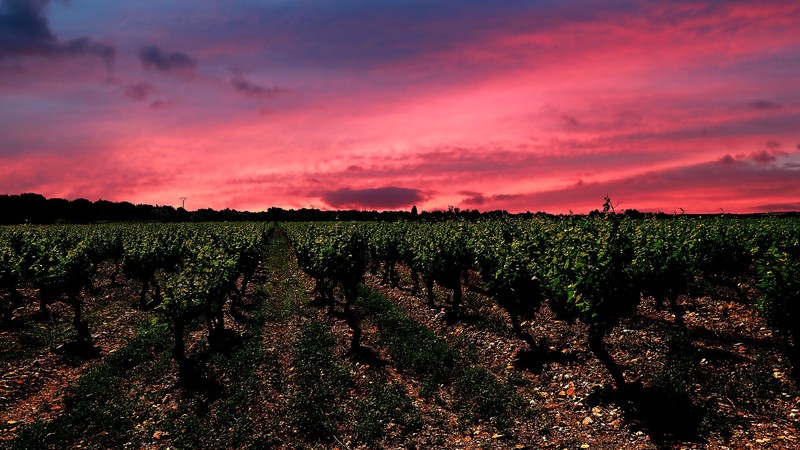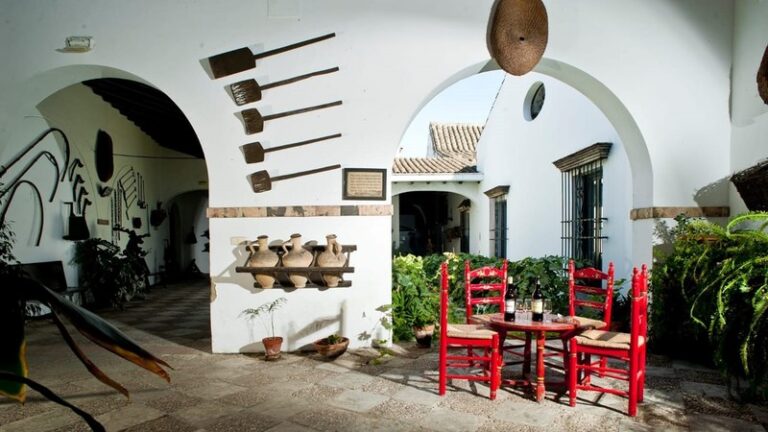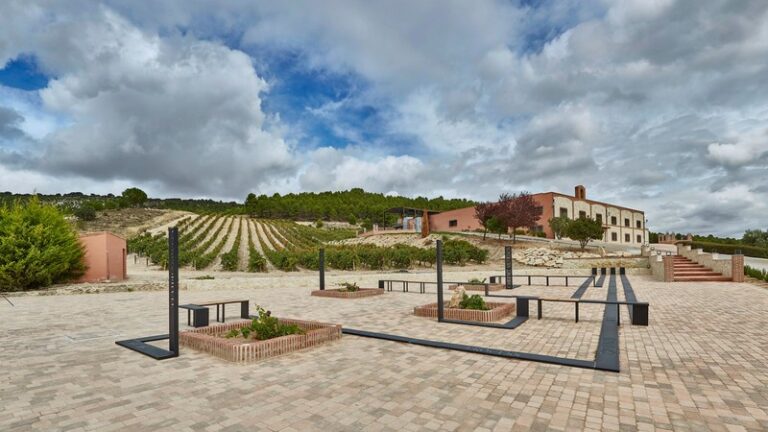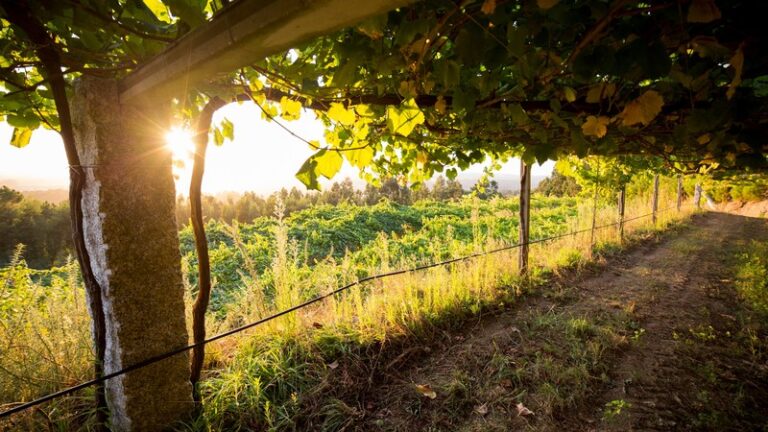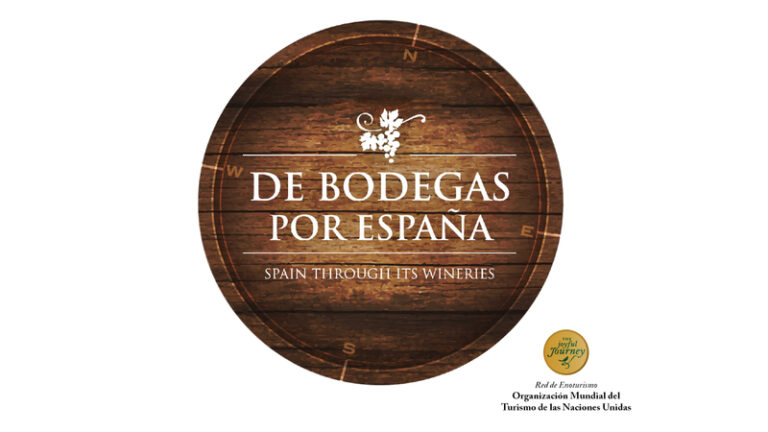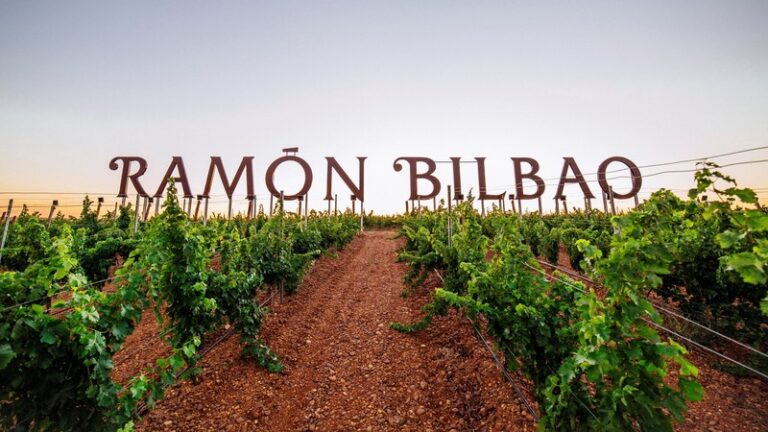About Cava, sparkling star of Penedes
Penedés was one of the most heavily stricken by the plague of phylloxera that touched Spanish wineries at the end of the XIX century. And interestingly, as a result of the plague, an iconic product was developed, the Cava (a.k.a. Spanish/Catalan Champagne).
Cava is an unusual DO as it covers a number of different, non-contiguous, geographic areas across Spain. However, the vast majority of Cava (90%) comes from the Catalan vineyards centred on the town of Sant Sadurní d’Anoia. Other notable areas where there are vineyards permitted to make Cava include Navarra, Rioja and Valencia.
The wines are made by the traditional method and must spend at least nine months on the lees. Traditional grape varieties include Macabeo (Viura), Xarel-lo and Parellada for the white wines and Garnacha and Monastrell for the rosés. Most Cava is dry with medium acidity and some character from yeast autolysis, although these flavours can differ in nature from the bread and toast character found in Champagne. Chardonnay and Pinot Noir were more recently added to the permitted grape varieties of the appellation, and many producers have found that these varieties can add an extra level of both fruit and acidity to the wines. The use of these two varieties has caused controversy in the region as some producers believe it detracts from Cava’s point of difference.
Most Cava is non-vintage and is ready to drink on release from the winery. The wines are generally lower in acidity than most Champagne, giving them an approachable, easy-drinking style, which is extremely popular with consumers. Want to check by yourself? You just have to contact us!

